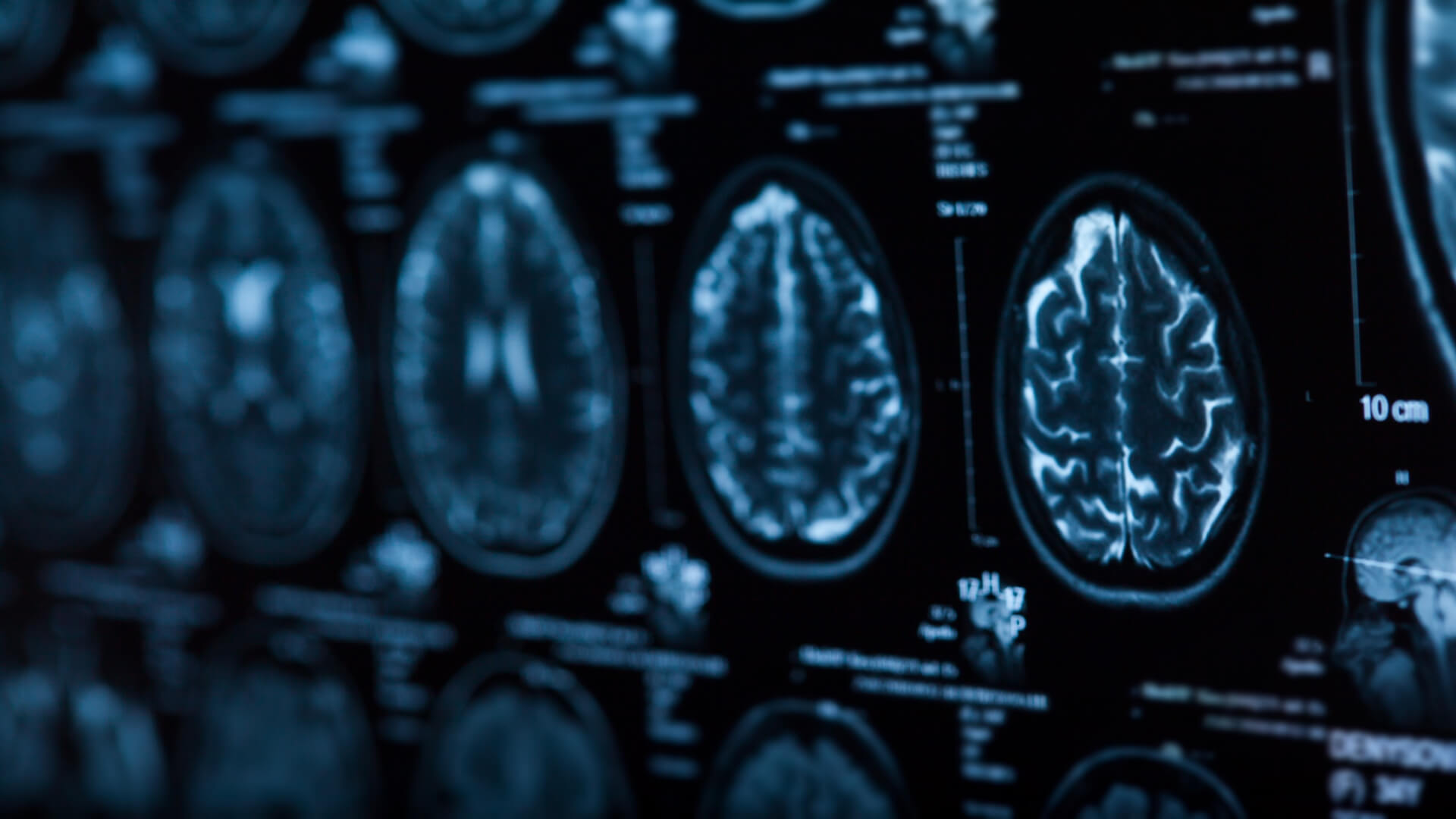There are many different imaging tests, all of which serve a unique purpose. Radiology studies images produced by X-rays, ultrasound, MRI, and other means. When you need an imaging test done, your doctor will likely order one or more of the following: X-ray, ultrasound, CT scan, MRI scan, and PET scan. As you can see, these tests have a lot of overlap, and each has its advantages.
To give you more information, we have coordinated with Mermaid Beach Radiology to provide some facts about each test. We will also provide information on what you can expect before the test to be as prepared as possible.
X-Ray
An X-ray is a pain-free test that uses electromagnetic waves to make images of the inside of your body. X-rays are often used to diagnose broken bones, pneumonia, and other conditions.
Expectation During the Test
You will stand or sit during an X-ray. First, the technologist will position you and the X-ray machine so that the area of your body being imaged is in between them. Then, they will ask you to hold your breath for just a few seconds while taking the X-ray.
What Can X-Ray Show?
X-rays can show many things, including:
- The breast
- The lungs
- The digestive tract
- The urinary tract
- The bones
- Joints
MRI Scan
An MRI (magnetic resonance imaging) is a painless test that uses magnetic waves and radio waves to create images of the inside of your body. MRIs are often used to diagnose brain, spine, and organ conditions.
Expectation During the Test
You will be positioned on a table that will slide into the MRI machine. The machine is loud, so you will be given earplugs or headphones to wear. In addition, you may be asked to hold your breath for short periods while the scan is being done.
What Can MRI Show?
An MRI can show many things, including:
- Tumours
- The brain
- The spinal cord
- Organs
- Blood vessels
Ultrasound
The most common imaging test, ultrasound, uses sound waves to create images of the inside of your body. Ultrasounds are often used to diagnose abdomen, pelvis, and heart conditions.
Expectation During the Test
You will lie on a table during an ultrasound. The technologist will apply gel to your skin and then move a hand-held device called a transducer over the gel. The transducer emits sound waves that bounce off of your organs and create images on a screen.
What Can Ultrasound Show?
Ultrasounds can show many things, including:
- Joints
- The heart
- The breast
- Organs
- Blood vessels
- Pregnancy
CT Scan
A CT (computed tomography) scan is a painless test that uses X-rays and computer technology to create detailed images of the inside of your body. CT scans often diagnose cancer, broken bones, and other conditions.
Expectation During the Test
During the CT scan, you would then lie on a table that slides into the CT machine. Unlike MRI and ultrasound machines, CT machines do not make noise. However, you may be asked to hold your breath for short periods while the scan is done.
What Can CT Show?
CT scans can show many things, including:
- Cancer
- Heart disease
- Blood vessels
- Organs
- Bone fractures
- Tumours
PET Scan
A PET (positron emission tomography) scan is a painless test that uses radioactive tracers to create images of the inside of your body. PET scans often diagnose cancer, heart disease, and other conditions.
Expectation During the Test
You will lie on a table during a PET scan. The technologist will inject you with a radioactive tracer. The tracer will travel through your body and accumulate in the organs being imaged. The PET scan will take place after the tracer has had time to accumulate in your organs.
What Can PET Show?
PET scans can show many things, including:
- Cancer
- Heart disease
- Brain disorders
- Organs
FAQ about Imaging Test
Q: How long does an imaging test take? A: The length of an imaging test depends on the type of test being done. For example, an MRI scan can take up to an hour, while a CT scan only takes a few minutes.
Q: Will I need to prepare for an imaging test? A: The preparation required for an imaging test depends on the type of test being done. Some tests, like MRIs, require that you avoid eating or drinking for several hours before the test. Other tests, like CT scans, require that you drink a contrast solution before the test.
Q: Are imaging tests safe? A: Imaging tests are generally safe. However, there is a small risk of radiation exposure with tests like CT scans and X-rays. Pregnant women and young children should avoid radiation exposure whenever possible.
Final Words
There you have it! A rundown of the different types of imaging tests. As you can see, each test has its purpose and can be used to diagnose a variety of conditions. Be sure to talk to your doctor about which test is right for you.

















